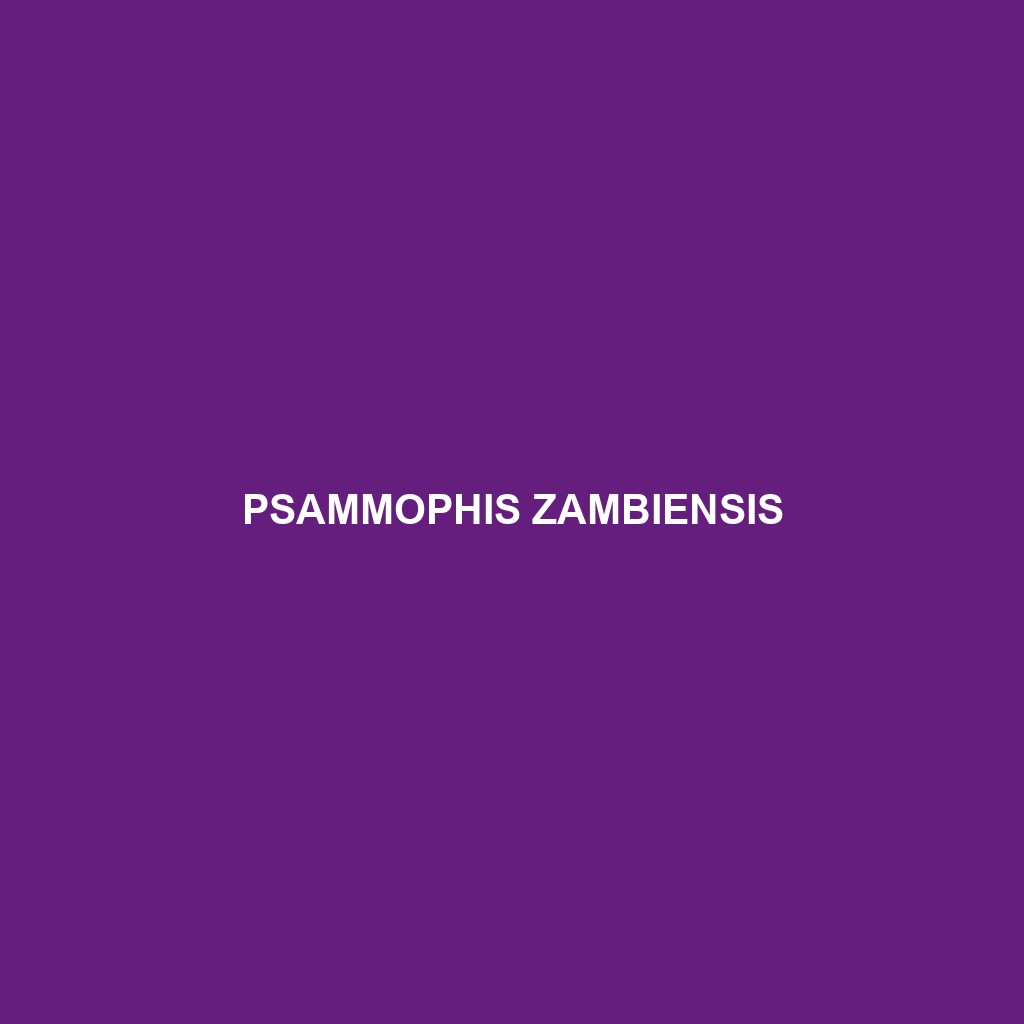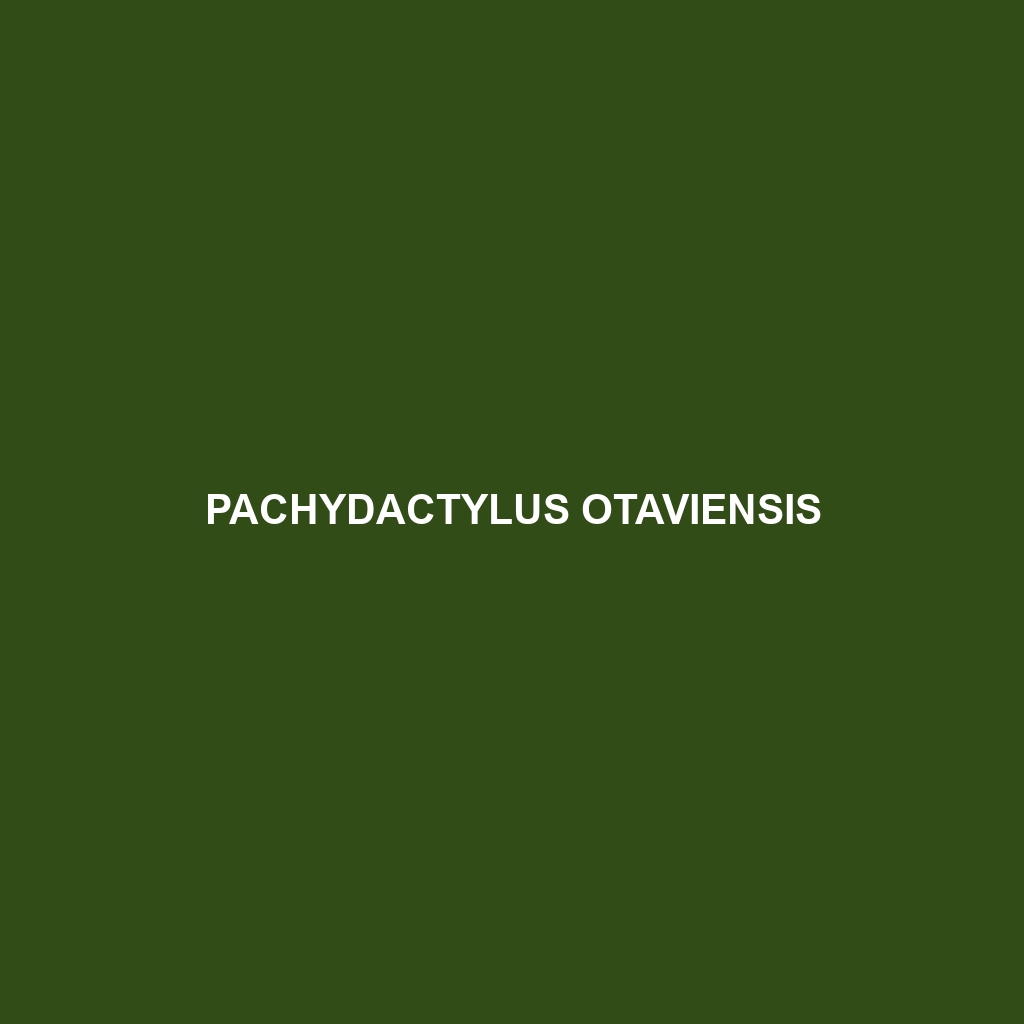<p><b>Psammophis zambiensis</b>, or the Zambian sand snake, is a slender, agile reptile native to southern Africa, thriving in warm, sandy habitats. This carnivorous snake, reaching up to 1.2 meters (4 feet) in length, preys on small vertebrates and insects, playing a vital role in its ecosystem.</p>
Tag: Namibia wildlife
Psammophis zambiensis
<p><b>Psammophis zambiensis</b>, or the Zambian sand snake, is a slender, agile reptile native to southern Africa, thriving in warm, sandy habitats. This carnivorous snake, reaching up to 1.2 meters (4 feet) in length, preys on small vertebrates and insects, playing a vital role in its ecosystem.</p>
Pedioplanis mayeri
Pedioplanis mayeri, commonly known as the Mayers' sand lizard, is a medium-sized, agile lizard native to the arid regions of southern Africa, featuring a slender body and distinctive sandy beige to light brown coloration with dark markings. This insectivorous species thrives in semi-desert ecosystems, displaying fascinating behavior and playing a vital role in local food webs.
Pedioplanis husabensis
Discover the striking Pedioplanis husabensis, a small to medium-sized lizard from Namibia's rugged Husab Mountain range, known for its vibrant yellow or orange markings and remarkable adaptability to rocky, arid habitats. These diurnal reptiles thrive on a diet of insects and play a crucial role in their ecosystem by helping regulate insect populations.
Panaspis namibiana
Discover the remarkable Panaspis namibiana, or Namibian skink, known for its streamlined body, excellent camouflage, and unique adaptations to the arid Namib Desert habitat. This diurnal insectivore plays a critical role in controlling insect populations and demonstrates intriguing behaviors such as using its tail as a decoy to escape predators.
Pachydactylus werneri
<div class="woocommerce-product-short-description"> <p><b>Pachydactylus werneri</b>, or Werner's thick-toed gecko, is a nocturnal insectivore native to the arid regions of southern Africa, featuring large, flattened toes for climbing and a sandy brown coloration for effective camouflage. With a robust size of 10 to 15 centimeters, this species exhibits fascinating behaviors and adaptations that play essential roles in its ecosystem.</p> </div>
Pachydactylus vanzyli
<b>Pachydactylus vanzyli</b> is a remarkable gecko native to the semi-desert regions of Namibia and Botswana, known for its striking mottled coloration, large flattened toes for climbing, and nocturnal hunting habits. This insectivorous species plays a vital role in its ecosystem by controlling pest populations while being an important prey for larger predators.
Pachydactylus otaviensis
<p><b>Pachydactylus otaviensis</b>, also known as the Otavi thick-toed gecko, is a nocturnal insectivore native to the arid regions of Namibia, distinguished by its stout body, thick toes, and remarkable camouflage that aids in its survival among rocky terrains. This species plays a vital role in controlling insect populations and maintaining ecological balance within its habitat.</p>
Pachydactylus namaquensis
Discover the Pachydactylus namaquensis, or Namaqua gecko, a medium-sized lizard native to the arid regions of Southern Africa, known for its exceptional climbing abilities, diverse colors aiding in camouflage, and nocturnal habits. This resilient insectivore thrives in rocky, semi-arid environments, playing a crucial role in controlling insect populations and maintaining ecological balance.
Pachydactylus monicae
Discover the resilient Pachydactylus monicae, a nocturnal lizard native to the arid regions of southern Africa, including Namibia and the Kalahari Desert. With a slender body reaching 15-20 cm, large flat toes for navigating sandy terrain, and a diet primarily composed of insects, this species plays a vital role in maintaining ecological balance while showcasing fascinating behavioral adaptations in extreme climates.









